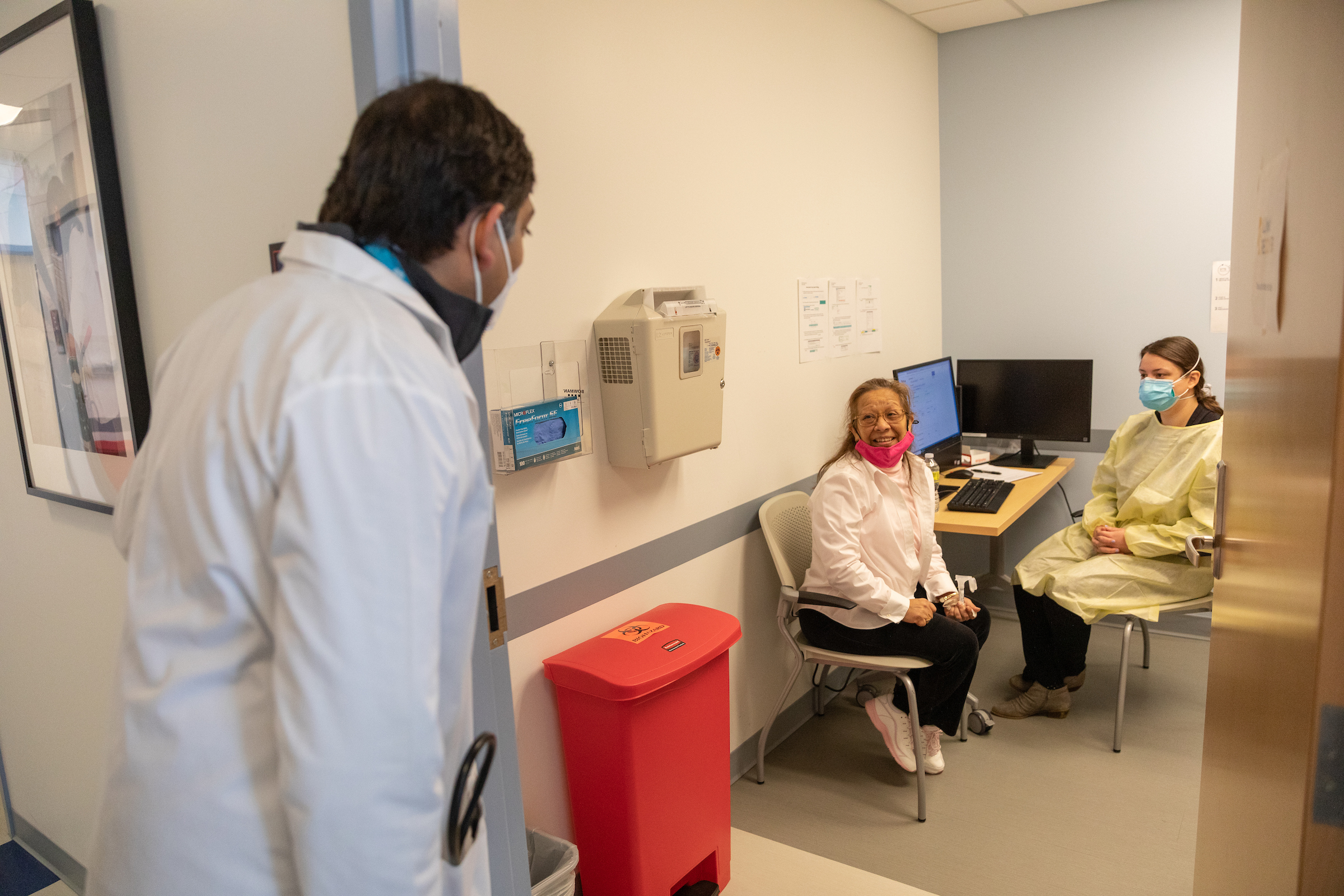
Illinois has long been documenting and reporting statewide COVID case and test positivity rates throughout the pandemic, but now the state will be tracking a different set of data.
In what health officials say is an effort to align with new guidelines from the Centers for Disease Control and Prevention, the Illinois Department of Public Health will no longer track case and test positivity rates.
Instead, the department will now look at the following metrics:
• Updated data on vaccination rates to reflect the full population eligible as eligibility continues to evolve
• The number of people admitted to the hospital with a COVID-19 diagnosis
• More detailed data on hospitalizations, including information about vaccination status in those who are hospitalized
“Test and case positivity rates were seen as a good way to monitor the level of community spread early in the pandemic,” IDPH Acting Director Amaal Tokars said in a statement. “At this stage, now that we have vaccines and effective therapies available, it is more useful to rely on data that indicates the case rate, disease severity and the level of strain on healthcare system to guide our public health recommendations.”
The department said the change, in part led by the fact that national testing data does not often reflect results from at-home tests, means that labs will no longer be required to report negative rapid antigen test results, though they will still need to show negative PCR and nucleic acid amplification test results.
The change comes as COVID cases climb in Illinois, though Tokars noted that the overall totals remain well-below those seen during the omicron surge earlier this year. The health department noted, however, that "hospitalizations and deaths continue to remain low at this time."
The state will continue tracking whether it is in a low, medium or high risk of transmission, based on guidelines set forth by the CDC, officials said.
Those include:
• Total new COVID-19 cases per 100,000 population in the past 7 days.
• New COVID-19 admissions per 100,000 population in the past 7 days.
• The percent of staffed inpatient beds occupied by COVID-19 patients.
Feeling out of the loop? We'll catch you up on the Chicago news you need to know. Sign up for the weekly Chicago Catch-Up newsletter.
The CDC in February shifted metrics to lean less heavily on COVID-19 cases and instead give more weight to hospitalizations and hospital capacity.
That included a change to how the agency recommends masking at a county level, with the guidance is broken into three color-coded levels.
The CDC last updated its county-by-county community levels map Thursday, showing high levels in four counties across southern Illinois. In those communities, people are advised to wear masks in public indoor spaces, including schools, and take additional precautions if at risk for severe illness.
The following counties are listed in the high category:
- Gallatin County
- Hardin County
- Pope County
- Saline County
People in green and yellow counties, with low and medium COVID levels, respectively, do not need to wear masks. However, people in yellow counties who are at high risk of severe illness from COVID should consult with their physician about whether they should wear a mask or take other precautions.
Currently, no Illinois counties are said to be at medium risk. Excluding the four counties listed as high risk, the rest of Illinois is considered low risk.



